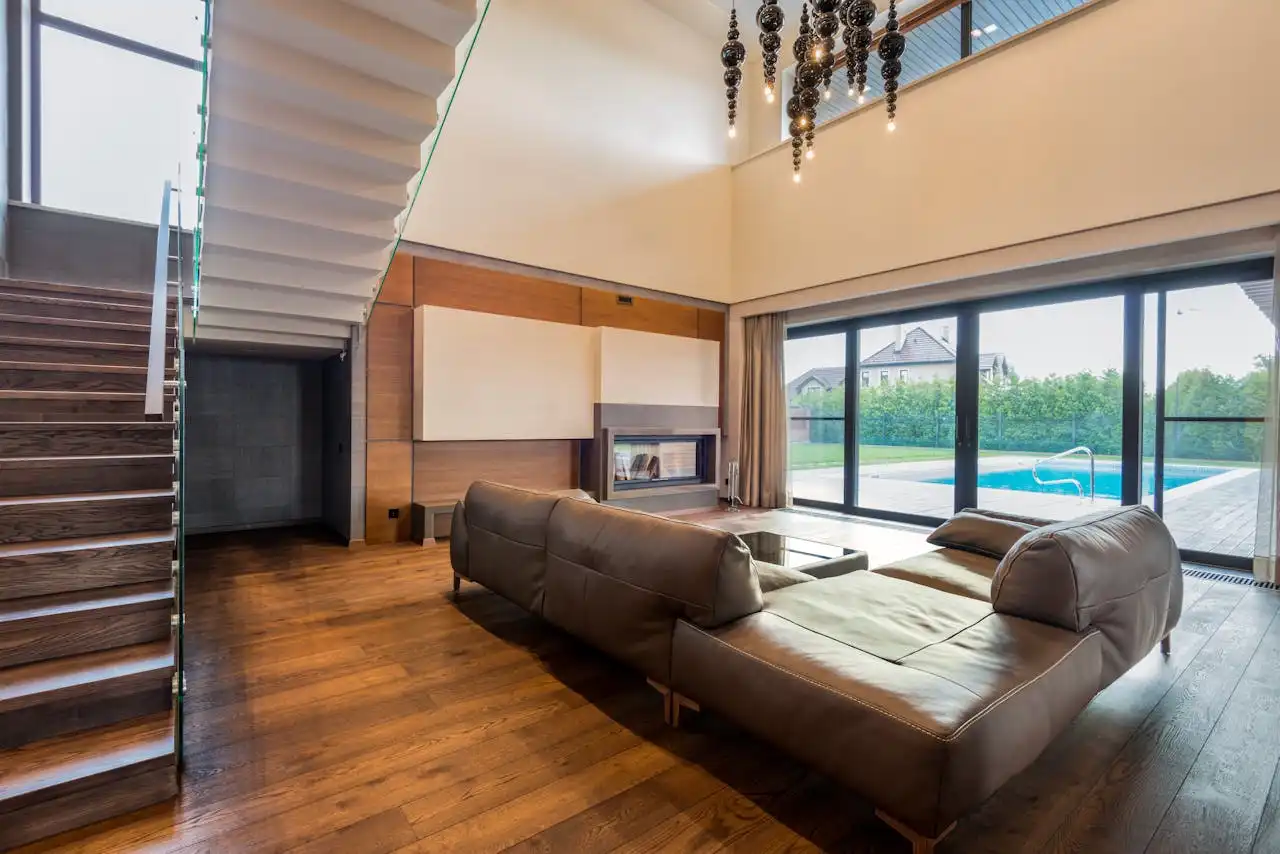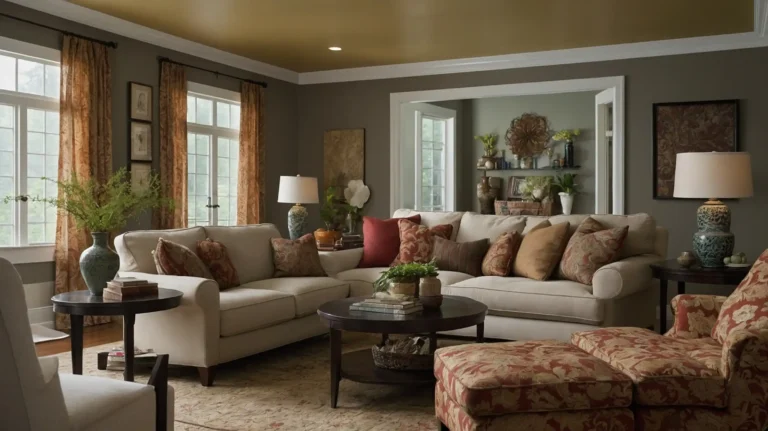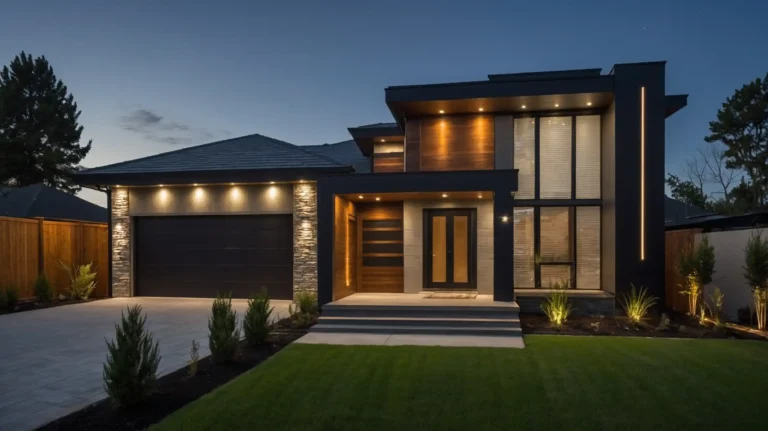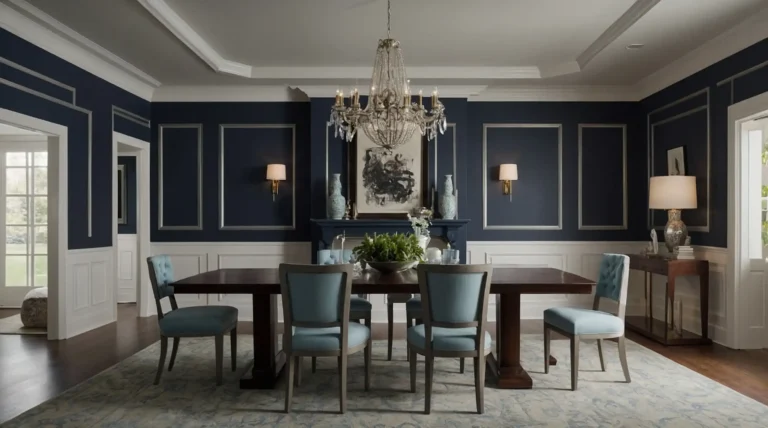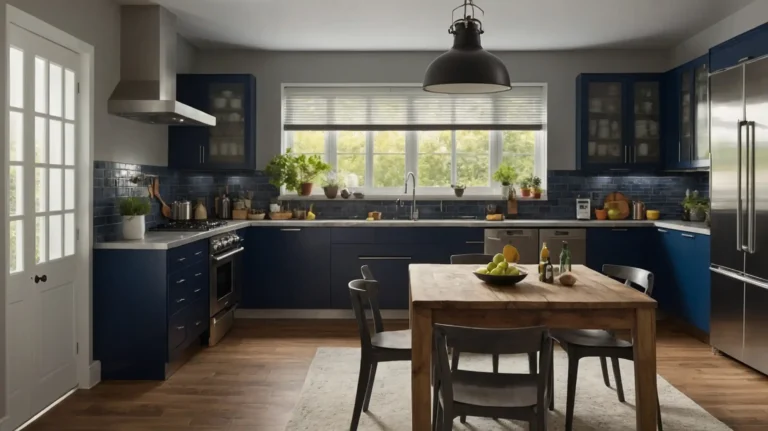Lighting 101: How to Layer Lights for a Warm, Inviting Space
You walk into a room and instantly feel welcome. The space glows with warmth, drawing you in like a cozy embrace.
That magical atmosphere doesn’t happen by accident—it’s the result of thoughtfully layered lighting that transforms any space into an inviting sanctuary.
Understanding the Three Types of Lighting
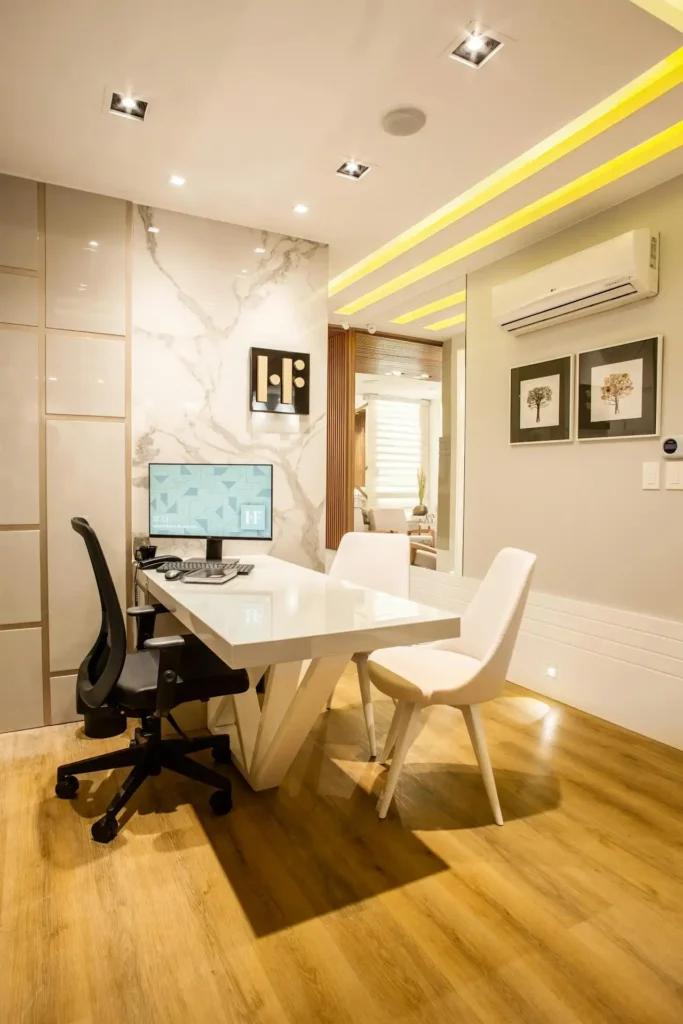
Before you start installing fixtures, you need to understand lighting’s holy trinity. Think of these three types as the foundation, walls, and artwork of your lighting design.
Ambient lighting serves as your room’s foundation. This general illumination fills the space with overall brightness, ensuring you can move around safely without stumbling into furniture.
Ceiling-mounted fixtures, recessed lights, and large pendant lights typically provide this base layer.
Task lighting focuses on specific activities. You use it for reading, cooking, working, or applying makeup. Table lamps, under-cabinet strips, and desk lights fall into this category.
Without proper task lighting, you’ll strain your eyes and feel frustrated trying to complete daily activities.
Accent lighting adds the artistic touch. It highlights architectural features, artwork, or creates dramatic shadows that give your space personality.
Track lights, wall sconces, and spotlights create these eye-catching focal points that make your room memorable.
Building Your Ambient Lighting Foundation
Your ambient lighting strategy determines whether your space feels harsh or welcoming. Start by assessing your room’s natural light throughout the day.
North-facing rooms need more artificial ambient light, while south-facing spaces can rely more heavily on natural illumination.
Consider your ceiling height when choosing ambient fixtures. Low ceilings work best with flush-mount or semi-flush fixtures that don’t overwhelm the space.
Higher ceilings can accommodate chandeliers or large pendant lights that make a statement while providing adequate coverage.
Multiple ambient sources create more even distribution than a single central fixture. Instead of relying solely on one overhead light, combine recessed lights with a ceiling fixture.
This approach eliminates harsh shadows and creates a more balanced, comfortable environment.
Dimmer switches transform ambient lighting from functional to atmospheric. This flexibility makes your lighting work harder for less money.
You can brighten the space for cleaning or entertaining, then lower the intensity for relaxation or intimate conversations.
Adding Task Lighting for Functionality
Task lighting bridges the gap between seeing and truly experiencing your space. Every activity zone in your home needs dedicated task lighting to function properly.
In your kitchen, under-cabinet LED strips illuminate countertops where you prep food. Add pendant lights over islands or peninsulas to brighten these important work areas.
These eliminate shadows cast by overhead lights when you’re chopping vegetables or reading recipes.
Your living room requires multiple task lighting sources. Place table lamps beside reading chairs, ensuring the light source sits slightly behind and above your shoulder.
Floor lamps with adjustable heads work well for flexible positioning. Bedroom task lighting should include bedside lamps for reading and vanity lighting for grooming.
Wall-mounted swing-arm sconces save nightstand space while providing directed light exactly where you need it.
Home office spaces demand careful task lighting consideration. Position your desk lamp to minimize screen glare while illuminating your workspace.
LED desk lamps with adjustable color temperature help reduce eye strain during long work sessions.
Incorporating Accent Lighting for Drama
Accent lighting transforms ordinary rooms into extraordinary spaces. This layer adds depth, visual interest, and personality that makes your home uniquely yours.
Picture lights above artwork create gallery-like presentation in your living spaces. Architectural features deserve highlighting through accent lighting.
These focused beams draw attention to your favorite pieces while adding warm pools of light to the room’s overall ambiance.
Use LED strip lights behind crown molding for indirect up lighting, or install spotlights to emphasize textured walls, columns, or built-in shelving.
Landscape lighting extends your interior warmth outdoors. Don’t overlook decorative accent pieces like salt lamps, candles, or light-up artwork.
String lights on patios, path lights along walkways, and up lighting on trees create seamless indoor-outdoor flow while improving security and curb appeal.
These elements add personality while contributing to your layered lighting scheme in subtle but meaningful ways.
Choosing Warm Color Temperatures
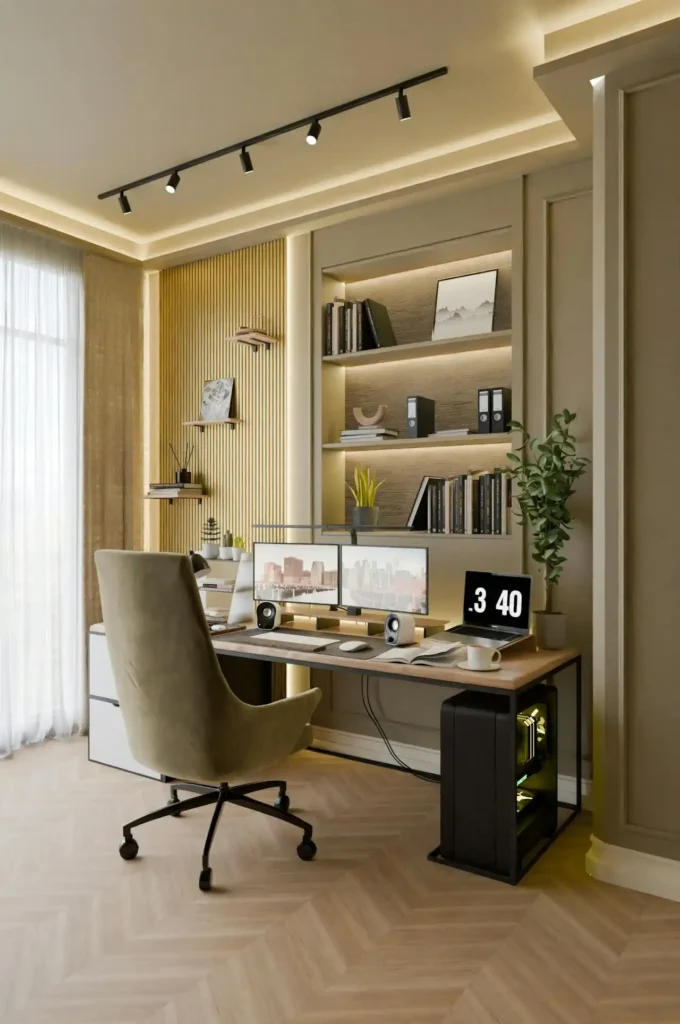
Color temperature dramatically impacts how welcoming your space feels. Understanding the Kelvin scale helps you select bulbs that create the atmosphere you want.
Warm white light (2700K-3000K) mimics traditional incandescent bulbs and creates cozy, intimate settings.
Use these temperatures in living rooms, bedrooms, and dining areas where you want people to relax and linger.
Cool white light (3500K-4100K) works better in kitchens, bathrooms, and home offices where you need to stay alert and focused.
However, even these spaces benefit from warmer accent lighting for balance. Avoid mixing drastically different color temperatures in the same room.
Your eye notices these differences immediately, creating an unsettling effect rather than the cohesive warmth you’re seeking.
Smart bulbs offer the ultimate flexibility, allowing you to adjust color temperature throughout the day.
Start with cooler light in the morning to wake up, then transition to warmer tones as bedtime approaches.
Mastering Layering Techniques and Placement
Successful lighting layers require strategic placement and thoughtful switching. Start by mapping your room’s zones and identifying the activities that happen in each area.
Create overlapping circles of light rather than isolated bright spots. Each fixture should contribute to the overall illumination while serving its specific purpose.
This overlap prevents harsh transitions between lit and unlit areas. Vary your light sources’ heights to add visual interest and improve function.
Combine overhead fixtures with table lamps, floor lamps, and wall sconces to create a three-dimensional lighting landscape.
Install separate switches for each lighting layer whenever possible. This allows you to use only the light you need while creating different moods for various occasions.
A single switch controlling all lights limits your flexibility significantly. Consider the Rule of Three when placing accent lights.
Odd numbers create more dynamic, interesting arrangements than even numbers. Three spotlights highlighting artwork look more natural than two or four.
Common Mistakes to Avoid
Many homeowners make predictable lighting mistakes that sabotage their efforts to create warm, inviting spaces. Learning from these common errors saves time, money, and frustration.
Over lighting kills ambiance faster than any other mistake. You don’t need every corner blazingly bright to create a welcoming space.
Strategic darkness adds mystery and visual rest that makes your lit areas more impactful. Using only overhead lighting creates harsh shadows and an institutional feel.
Underlighting creates the opposite problem—spaces that feel gloomy and uninviting. If you constantly reach for light switches or squint to see properly, you need more illumination.
This single-source approach worked in older homes with simpler lighting options, but modern spaces require more sophisticated layering.
Choosing the wrong bulb types wastes energy and creates poor light quality. Observe how sunlight moves through your space before finalizing fixture placement.
LED bulbs offer the best combination of efficiency, longevity, and light quality, but you must select appropriate color temperatures and beam angles.
Ignoring natural light patterns leads to conflicts between artificial and natural illumination.
Budget-Friendly Layering Solutions
Creating beautifully layered lighting doesn’t require expensive renovations or designer fixtures. Smart shopping and creative thinking stretch your lighting budget significantly.
Start with LED bulbs in existing fixtures. These simple swaps improve light quality and reduce energy costs immediately. Look for sales on multipacks to maximize savings.
Plug-in fixtures eliminate installation costs while providing flexibility. Table lamps, floor lamps, and wall sconces with cords offer professional results without electrician fees.
Battery-operated LED strips and puck lights create accent lighting anywhere without wiring. These options work perfectly for highlighting shelving, artwork, or architectural features.
Shop secondhand stores and online marketplaces for unique fixtures. Many vintage and designer pieces sell for fraction of retail prices, allowing you to achieve high-end looks affordably.
DIY lamp shade updates transform existing fixtures instantly. New shades, paint, or decorative elements give old lamps fresh personalities while maintaining their functional value.
Smart Home Integration
Modern lighting systems integrate seamlessly with smart home technology, making layered lighting more convenient and energy-efficient than ever before.
Smart switches let you control multiple lighting layers from your phone or voice assistant.
Program scenes for different activities—movie night, dinner parties, or morning routines—with single commands.
Motion sensors automatically adjust lighting based on occupancy and time of day. Entry areas brighten when you arrive home, while bedrooms use soft lighting for nighttime navigation.
Circadian rhythm lighting adjusts color temperature automatically throughout the day.
These systems support your natural sleep-wake cycle while maintaining the warm, inviting atmosphere you desire.
Smart bulbs offer endless customization without rewiring. Change colors for holidays, adjust brightness for activities, or schedule automatic dimming as bedtime approaches.
Seasonal Lighting Adjustments
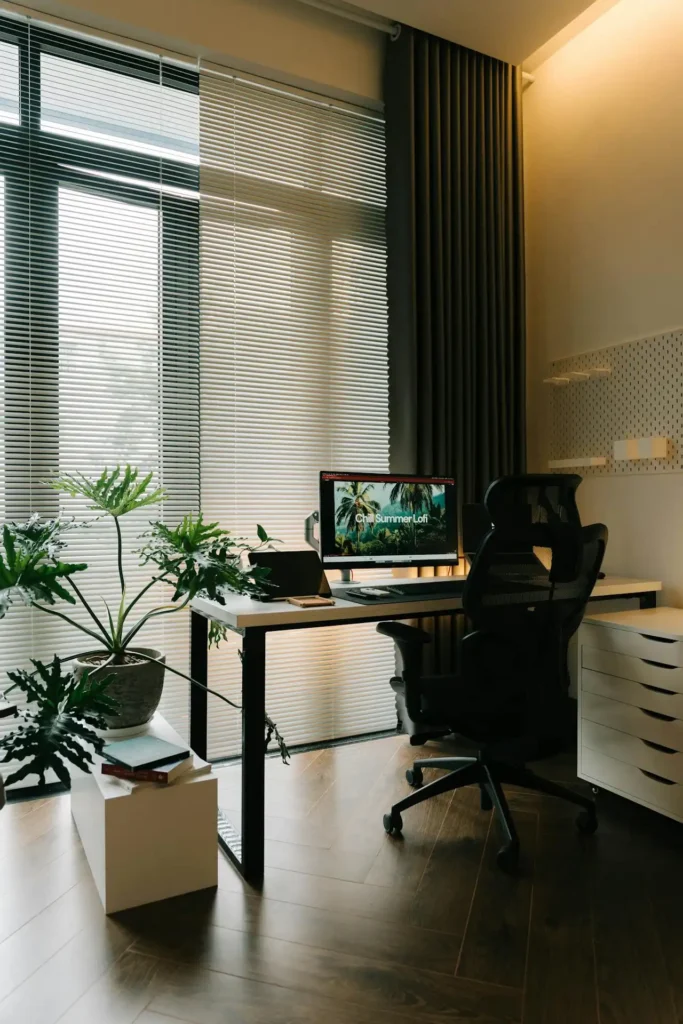
Your lighting needs change with the seasons, and smart layering accommodates these natural variations effortlessly.
Winter months require more artificial lighting to combat shorter days and seasonal depression.
Increase ambient lighting levels and add extra task lighting to workspaces and reading areas.
Summer allows you to rely more heavily on natural light while using accent lighting to create evening ambiance. Focus on outdoor lighting to extend living spaces onto patios and decks.
Holiday lighting becomes part of your accent layer, contributing to overall warmth while celebrating special occasions.
String lights, candles, and decorative fixtures enhance your permanent lighting scheme.
Spring cleaning time offers perfect opportunities to update bulbs, clean fixtures, and adjust lamp positions as you rearrange furniture and refresh your décor.
Conclusion
Layered lighting transforms any space into a warm, welcoming haven that draws people in and makes them want to stay longer.

